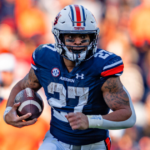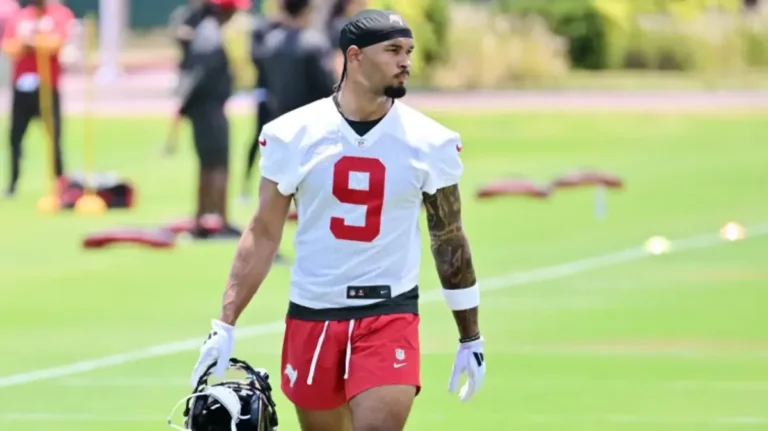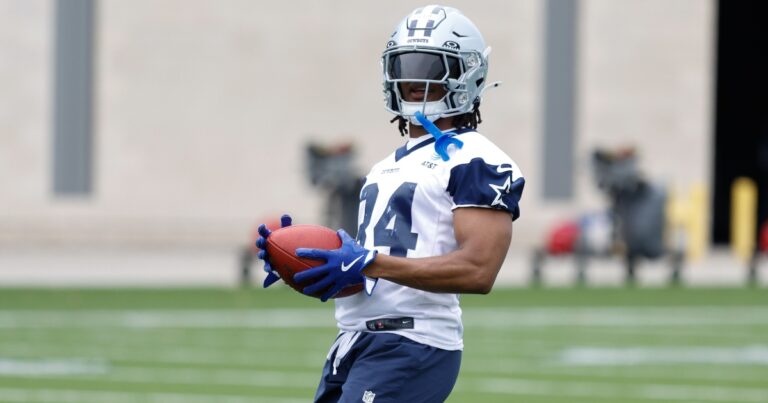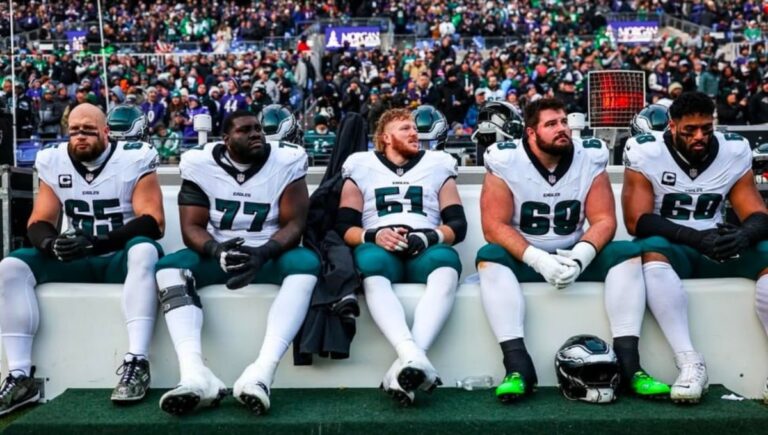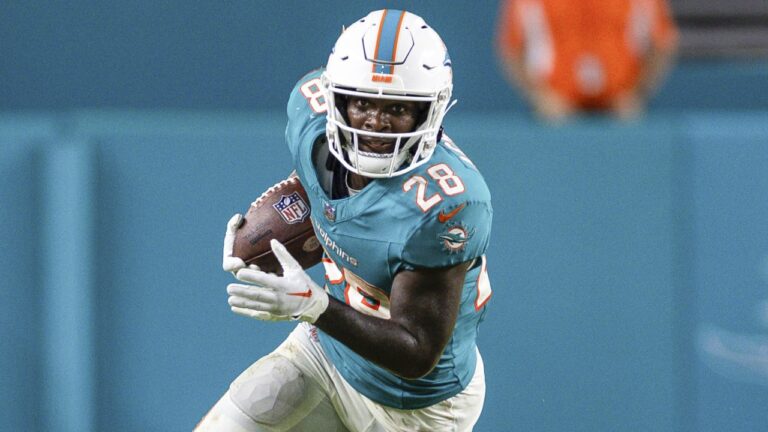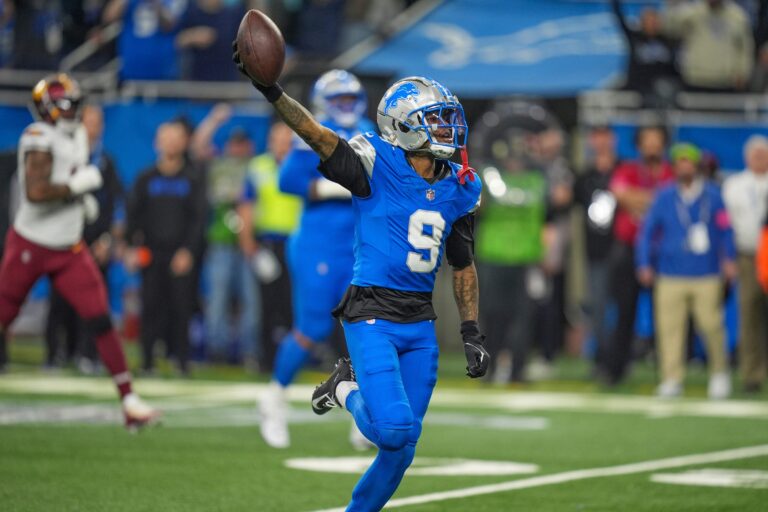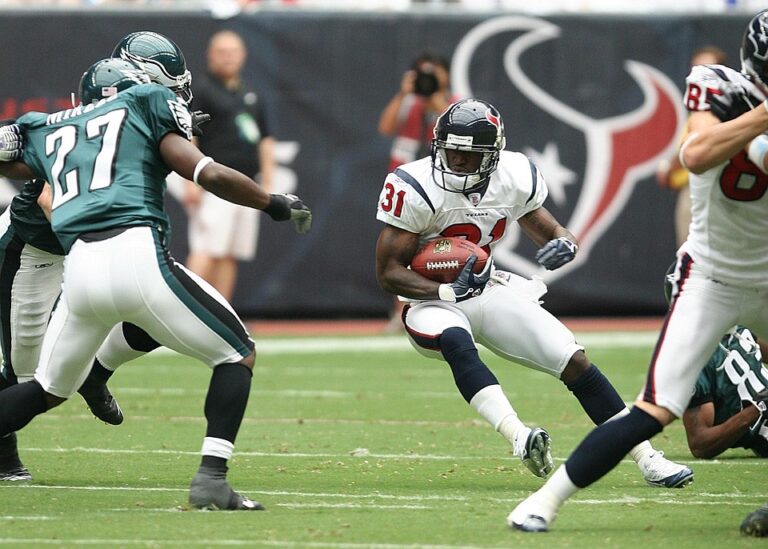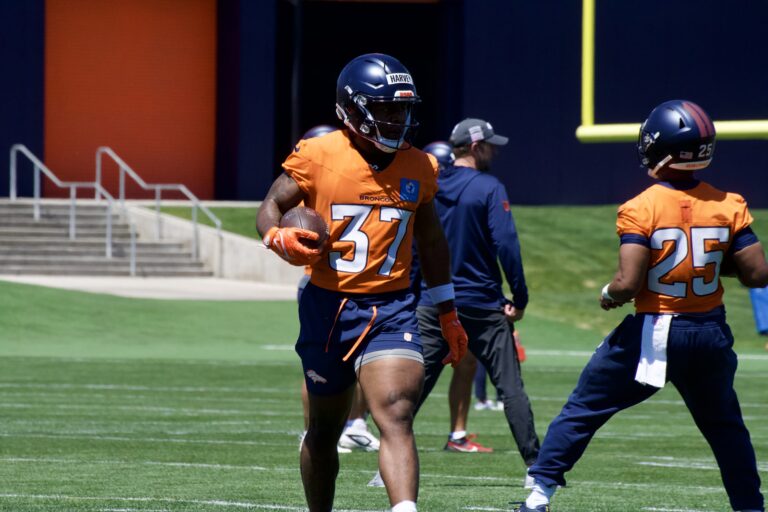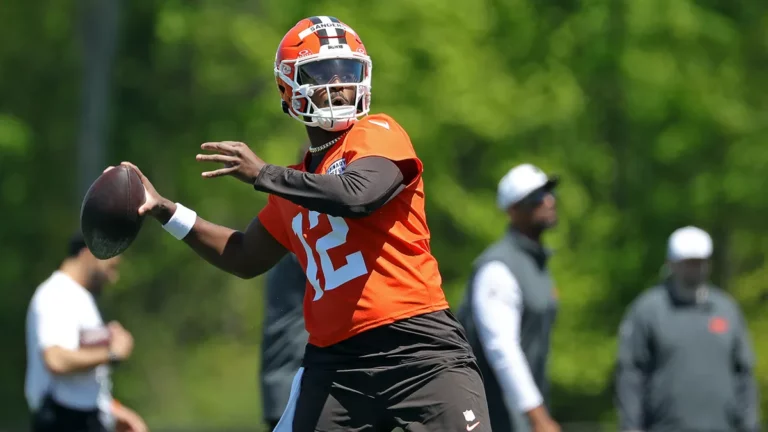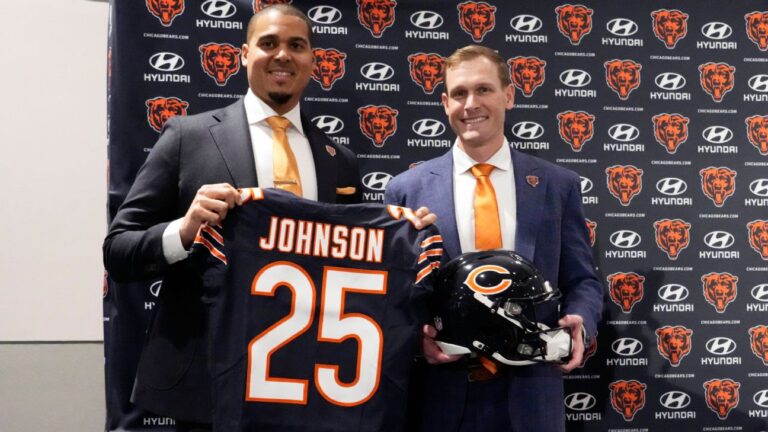Welcome to the Week 14 Expected Fantasy Points Report! If your trade deadline has not passed, you can use this article to identify trade targets for a late-season push. Even if you can’t make a trade, the data is still super useful for start-sit decisions and DFS plays to finish your season strong.
For a more general overview of my trading strategy, click here.
The Wolf’s Rest of the Season Rankings are a great source to gauge a specific player’s value.
If you have any questions or feedback, let me know @RSJ_Jackson on Twitter!
All data in this article uses full PPR scoring. A sample of the data through Week 13 is pictured. The PDF hides the weekly data for Weeks 1-8 to save space, but all data is still factored into the season averages. For the full data, click the links below.
Note: The NFL has been slow releasing the play-by-play data for games played on Monday and Tuesday of Week 13. When the data is available, I will update the Excel file.
*DOWNLOAD The Expected Fantasy Points Report – Week 14 2020 – PDF*
**DOWNLOAD THE EXCEL VERSION!**
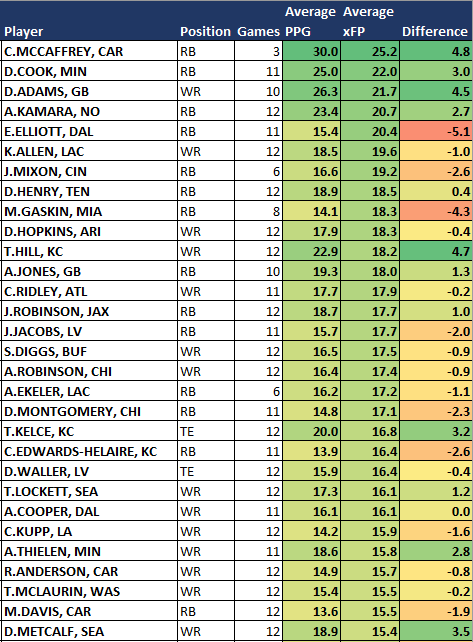
Expected Fantasy Points
I built the model based on a metric called Expected Fantasy Points (xFP). A player’s xFP is calculated based on the value of each target or carry, using historical data attributes that correlate highly with actual fantasy points scored. You can find a more detailed breakdown of how this works here.
Expected Fantasy Points essentially show what an average player would have done with the opportunities seen by any given player. We can then subtract the player’s actual fantasy points scored to arrive at the difference, a key metric.
How to Interpret Expected Fantasy Points
The difference between expected and actual fantasy points comes from two sources:
Talent/Situation
We would expect the most talented players in the NFL to score more fantasy points than their expected fantasy points. That’s pretty obvious since xFP is based on the averages of all players. Also, a given coach or scheme might lead to a sustainable difference in actual over expected points. A carry in Kyle Shanahan’s offense will typically produce more points than a carry in Adam Gase’s offense. A carry behind an elite offensive line would be more valuable than a poor one.
These are all sustainable ways for a player to consistently outperform or underperform their expected points. Because of these differences between players, we should not assume that the difference between expected and actual points will always regress to zero. In other words, don’t blindly buy any player with a negative difference. Don’t sell every player with a positive difference.
Luck
The main reason to use expected fantasy points is to identify players who are experiencing very bad or very good luck. Unlike the previous differences, luck will even out over a long period. We want to buy players who are having bad luck and sell players who are having good luck.
Separating differences that are sustainable from differences due to luck can be tricky. It’s not an exact science. However, most players will score within a few points per game of their expected fantasy points for the season. The players with the largest differences are the ones most likely to be benefitting or suffering from luck.
Player Analysis
Robert Woods
Week 13: 18.5 PPR, 19.3 xFP, -0.8 Difference
Season Averages: 16.6 PPR, 14.9 xFP, +1.7 Difference
After Week 10, Robert Woods was only averaging 12.6 xFP for the season. He was keeping his low-end WR2 status afloat with solid touchdown production, but he clearly needed more targets to be the player managers were hoping for when drafting him.
Since Week 11, Woods has caught fire, averaging 21.6 PPR and 22.0 xFP over this stretch behind a massive 38 targets. The Rams won two of these three games, including quality wins over the Bucs and Cardinals. The passing game has been more effective overall, with Goff throwing for 300+ yards in four of his last five games. As long as Woods keeps seeing this kind of elite volume, he should continue to put up elite numbers.
Derrick Henry
Week 13: 5.8 PPR, 10.0 xFP, -4.2 Difference
Season Averages: 18.9 PPR, 18.5 xFP, +0.4 Difference
The Wolf wrote about Derrick Henry in his excellent piece on running back playoff schedules, and his solid xFP numbers are yet another reason to target him. The Titans got down by a ton early against the Browns, which limited Henry’s workload. Fortunately, that probably won’t happen much going forward given the soft schedule.
Henry has arguably the best playoff schedule of any running back, facing the Jaguars (6th-most points allowed to RBs), Lions (2nd-most), and Packers (most). Henry is currently the RB6 in xFP per game on the season. Given the playoff schedule and uncertainty from a few guys ahead of him (McCaffrey, Elliot, Mixon), it’s no wonder the Wolf has Henry ranked as his number one overall player in his Rest of the Season Rankings.
Austin Ekeler
Week 13: 10.8 PPR, 18.0 xFP, -7.2 Difference
Season Averages (when healthy): 18.9 PPR, 20.2 xFP, -1.3 Difference
The Patriots shut out the Chargers in Week 13, so Ekeler having a quiet day was no surprise. Still, he saw a healthy nine targets in the passing game. He was only able to bring in four and saw only eight carries due to game script, but better days are ahead for the Chargers offense with matchups coming against the Falcons and Raiders. Fire up Ekeler with confidence as he has gotten a true RB1 workload all year, including post-injury.
Keenan Allen
Week 13: 9.8 PPR, 18.4 xFP, -7.6 Difference
Season Averages (when healthy): 19.2 PPR, 21.0 xFP, -1.8 Difference
Keenan Allen’s massive 21.0 xFP average when healthy has made him one of my favorite players to own this year. Second only to Davante Adams in xFP per game, Allen leads the league in targets with 133 through only 12 games. And he only got two targets in Week 5 when he missed most of the game due to injury. Allen’s workload has been insane, and he’s on pace for 177 targets on the season.
Much like Ekeler, Allen failed to produce on a rough day for the Chargers offense. Allen was often matched up with top cornerback Stephon Gilmore, making his day even more difficult. Still, Allen saw 11 targets against the Patriots, so look for him to convert his targets into fantasy points against softer matchups going forward.













